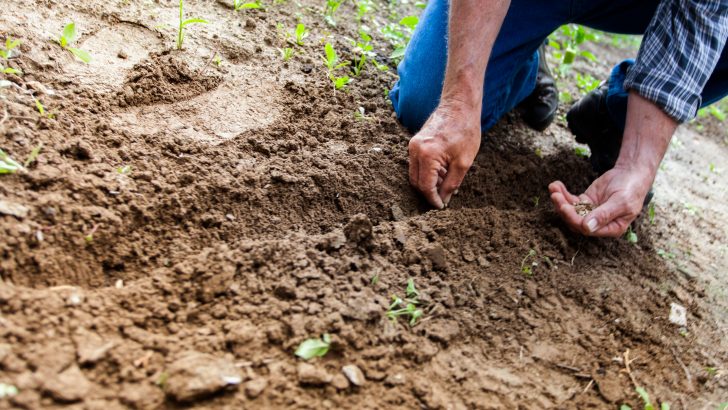Green Fingers
“It’s March, the month of many weathers and also the start of the gardening season. The longer days with sun shine and wind will mean that ground conditions will start to improve. It’s time to get out and get a start on the jobs that need doing.
Get into your beds and borders and tidy them out. If you don’t do it now you’ll be playing catch up all year. Start at the back and work forward so as not to walk on what you have done. Dig out all weeds, especially ash seedlings and brambles. Prune anything that should be pruned, tidy up and remove dead stems from perennials, being careful not to cut into new growth. Dispose of any snail, slug or slug eggs that you discover.
Prune buddleja right down to old wood. Winter flowering jasmine and winter flowering heathers can also be pruned. Just trim the heathers with sheers, don’t cut into old wood. Cut down ornamental grasses and remove old leaves from hellebores and epimediums to let their flowers be seen. Prune late-summer flowering clematis back to healthy buds, approximately 30cm/1 foot above the base. Dogwoods and willows grown for their winter coloured stems can be cut to 15cm above ground level.
In mid-March prune shrub roses, leave it until then so that new growth appears after the risk of hard frosts has past. Start by removing all diseased, damaged and dead stems to their base. Stand back and look over the rest of the plant. Pick three to five of the healthiest young stems and remove the rest. Prune what is left back down to a healthy outward facing bud, approximately 30cm above ground level. The finished shrub should resemble a wine goblet.
If perennials have outgrown their space or have died in the centre, lift, divide and re-plant. They grow from the centre outwards, so dying in the middle is the sign that they need dividing, usually every three to six years.
Lift, divide and replant clumps of snowdrops, if you wish to have them elsewhere in the garden. Do it when they finish flowering but while the leaves are still green. They are done ‘in the green’ as they have a very short summer rest period and they resent drying out, so replant immediately. Finally, empty your compost bin and use it to mulch your beds. A 5cm/2inch layer of mulch will help to supress weeds and add much needed humus to your soil. It encourages worms to come to the surface to bring it back into your soil, thereby letting air and moisture down to the root zone.


 Paul Gargan
Paul Gargan
